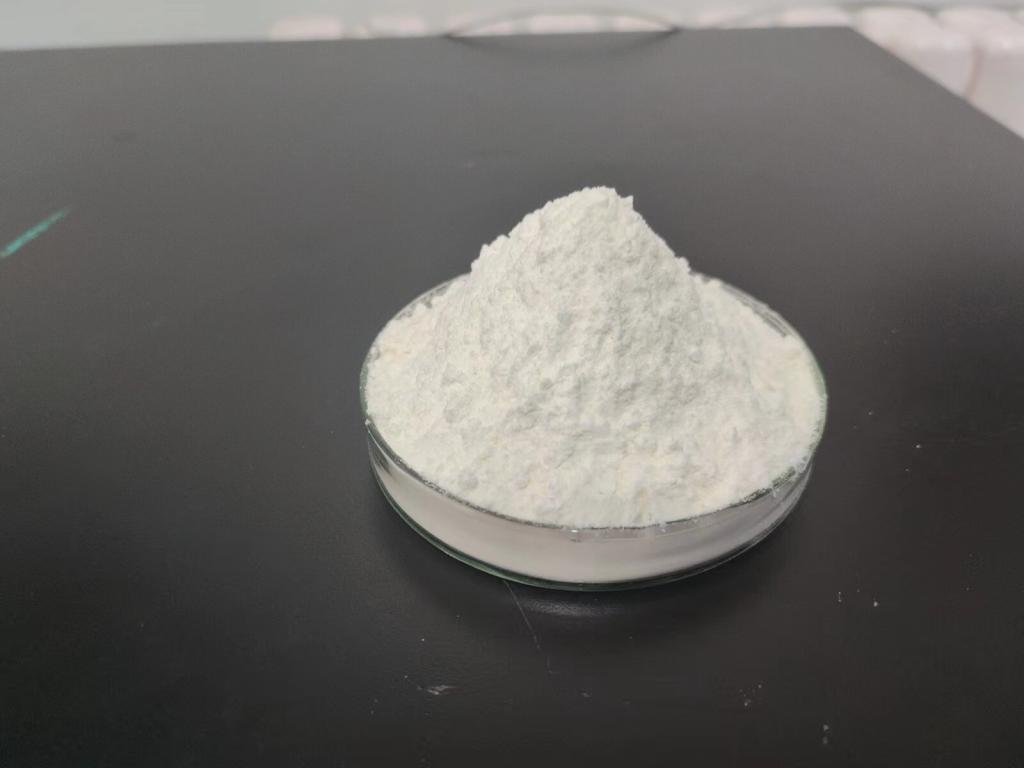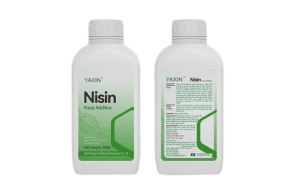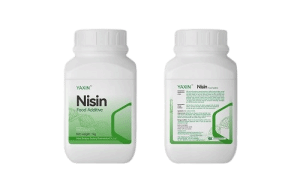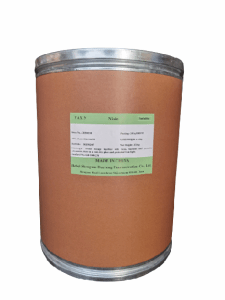Tel:+8618231198596

News
 CONTACT
CONTACT
 CONTACT
CONTACT
- Linkman:Linda Yao
- Tel: +8618231198596
- Email:linda.yao@dcpharma.cn
- Linkman:CHARLES.WANG
- Department:Overseas
- Tel: 0086 0311-85537378 0086 0311-85539701
News
Current Position:
Home >
News
>ε-Polylysine Hydrochloride: Navigating Global Food Regulations and Standards.
ε-Polylysine Hydrochloride: Navigating Global Food Regulations and Standards.
TIME:2023-09-13
Introduction
In an era marked by increased globalization of the food supply chain, ensuring food safety and regulatory compliance has never been more critical. ε-Polylysine hydrochloride, a natural antimicrobial agent derived from Streptomyces albulus, has emerged as an effective tool in achieving these objectives. However, the regulation of ε-Polylysine hydrochloride is far from uniform, varying significantly from one country to another. This article delves into the global regulatory landscape surrounding ε-Polylysine hydrochloride, with a focus on its applications, permissible levels, compliance challenges, and the need for harmonization.
I. ε-Polylysine Hydrochloride: An Overview
Characteristics: ε-Polylysine hydrochloride is a naturally occurring antimicrobial peptide composed of lysine residues linked by peptide bonds. It is recognized for its safety and effectiveness in inhibiting the growth of a broad spectrum of bacteria and yeasts.
Mechanism of Action: ε-Polylysine hydrochloride's antimicrobial activity is based on disrupting microbial cell membranes, making it a valuable tool in food preservation and safety.
II. Applications of ε-Polylysine Hydrochloride in Food Industry
Surface Treatment: ε-Polylysine hydrochloride can be applied directly to the surface of food products to inhibit microbial growth during processing and storage.
Sauces and Dressings: Sauces, dressings, and marinades can be fortified with ε-Polylysine hydrochloride to ensure the safety of these components.
Food Preservation: ε-Polylysine hydrochloride extends the shelf life of various food products, reducing food waste and enhancing food safety.
III. Global Regulatory Variability
Permissible Levels: The allowable levels of ε-Polylysine hydrochloride in food products vary considerably among countries. Some countries have established specific maximum residue limits (MRLs), while others rely on general principles of food safety.
Labeling Requirements: Regulations related to labeling and declaration of ε-Polylysine hydrochloride as an ingredient differ, impacting how consumers are informed about its presence in food products.
Novel Food Status: In some jurisdictions, ε-Polylysine hydrochloride is categorized as a novel food, requiring specific approvals and safety assessments before its use in food products.
IV. Compliance Challenges
Testing and Analysis: Determining ε-Polylysine hydrochloride levels in food products can be challenging, as accurate testing methods must be established and validated.
Labeling Consistency: Ensuring consistent and accurate labeling across different markets can be complex due to varying requirements and regulations.
Navigating Novel Food Regulations: For countries where ε-Polylysine hydrochloride is categorized as a novel food, gaining approval can be a lengthy and resource-intensive process.
V. The Need for Harmonization
Ensuring Food Safety: Harmonizing regulations related to ε-Polylysine hydrochloride can help ensure consistent food safety standards worldwide.
Facilitating Global Trade: Streamlined regulations can remove trade barriers, enabling food companies to operate more efficiently and access new markets.
Consumer Confidence: Harmonized regulations can enhance consumer confidence in the safety and labeling of food products containing ε-Polylysine hydrochloride.
VI. Case Studies: Regulatory Approaches in Different Countries
Japan: Japan has established specific MRLs for ε-Polylysine hydrochloride, allowing its use as a food preservative within defined limits.
European Union: The EU categorizes ε-Polylysine hydrochloride as a novel food, requiring pre-market authorization and safety assessments.
United States: In the U.S., ε-Polylysine hydrochloride is generally recognized as safe (GRAS) for use in food products within specific concentration limits.
VII. Conclusion
ε-Polylysine hydrochloride's efficacy in enhancing food safety and shelf life is well-established, making it an invaluable tool in the food industry. However, the global regulatory landscape surrounding its use is complex and often inconsistent. Harmonizing regulations related to ε-Polylysine hydrochloride is essential to ensure food safety, facilitate global trade, and maintain consumer confidence. As the food industry continues to evolve in a globalized world, collaboration among regulatory authorities, industry stakeholders, and international organizations is crucial to address the challenges associated with ε-Polylysine hydrochloride's use on a global scale. By harmonizing regulations, we can unlock the full potential of this natural antimicrobial agent while safeguarding food safety and regulatory compliance worldwide.
- Tel:+8618231198596
- Whatsapp:18231198596
- Chat With Skype







